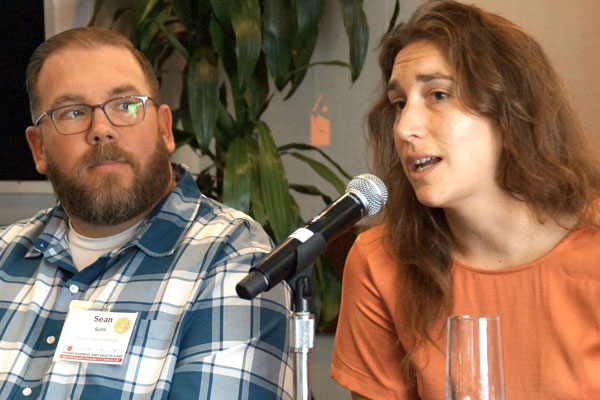SAVING LIVES DAILY –
Nov. 16, 2023 – Reducing overdose deaths goes beyond helping people stop using opioids, panelists said. It also requires offering harm reduction resources, like sterile needles, that make using less dangerous. Providing tools to use illegal drugs more safely doesn’t conflict with efforts to help people stop using them, Soth said. “I personally believe that harm reduction is treatment, and it’s part of the treatment continuum,” he said. “If people are dead, they’re not going to recover.”
Clinicians with Homeless Health Care Los Angeles walk through encampments offering medications that can reduce the risk of death from overdose. In 2006, the group started using naloxone, now a common tool for harm reduction. Naloxone can reverse overdoses, but it can also “pull someone into a withdrawal” said JoAnn Hemstreet, a licensed clinical social worker with Homeless Health Care Los Angeles. “Someone might need to go use again in order to make themselves feel better, which could put them at risk again,” she said.
The teams also use compressed oxygen, which “is much more gentle,” Hemstreet said.
In addition to overdose prevention, homeless people who use opiates need shelter options that don’t require them to be in addiction treatment, Hemstreet said. Motel voucher programs can be especially helpful, she said.



